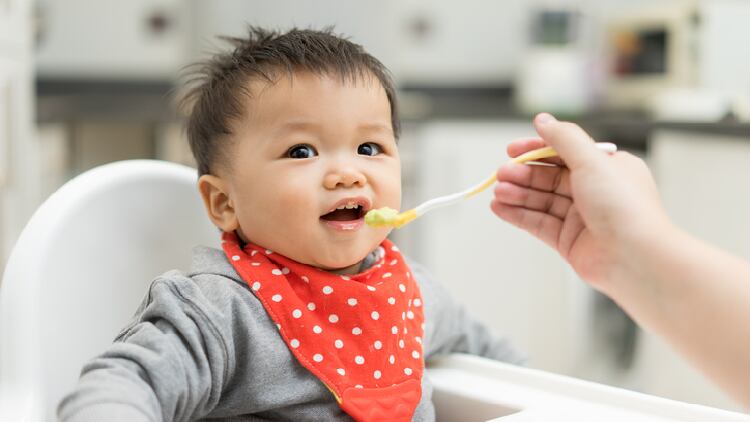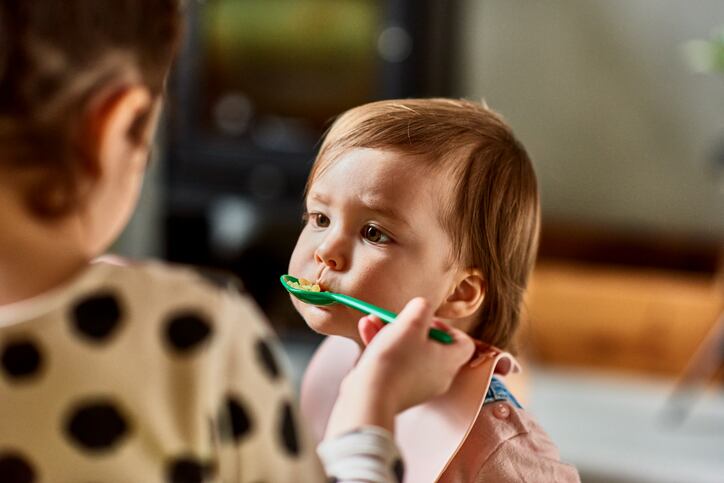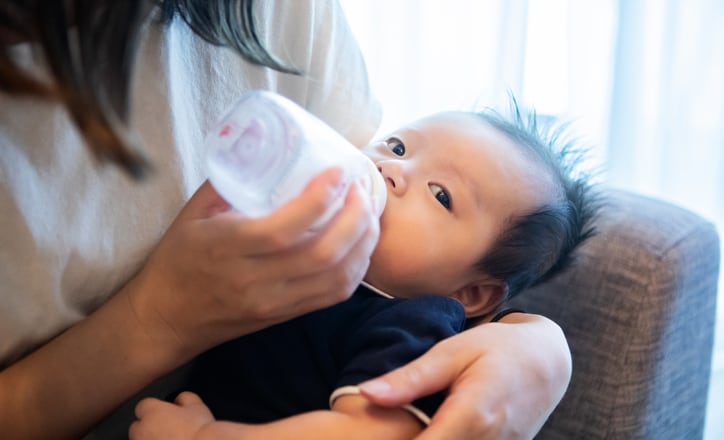The China Nutrition and Health Food Association (CNHFA) collected a total of 8,934 responses from a consumer survey conducted in 2020 and recently released the findings and analysis.
The responses were collected from all over the country, including 18.2 per cent from the first-tier cities, while the remaining 26.3 per cent, 29.5 per cent, and 26 per cent were from the second, third, and fourth tier cities.
Complementary foods are usually introduced when a baby is six months old and this will continue until they turn three years old.
A key finding shows that 32.6 per cent of the respondents would not change the complementary foods brand that they were purchasing.
Another 38.1 per cent said they would try new brands on an irregular basis, and they would only try one brand each time.
The remaining 29.3 per cent said they would purchase products from different brands for their kids.
China’s complementary foods industry is set for steady growth in the next five years, partly due to the implementation of the third child policy.
Search terms such as “nutritional complementary foods (营养辅食)” were also increasingly popular on Tik Tok, said the report.
In terms of brand recognition, 36.2 per cent of the respondents said they were “very concerned” about the brands when purchasing a particular product; 40.2 per cent said they were “concerned”; 22 per cent said they would sometimes pay attention to the brand; while 1.6 per cent said that branding was not of concern to them.
Most of them (71.4 per cent) learnt about the brands from the news, especially those shown on the TV, radio, magazines, outdoors, and the internet.
The second most common channels were mother-and-baby stores, mother-and-baby counters in shopping centres – with 63.3 per cent of the respondents saying so.
Hospitals were the third most common channel (47.4 per cent), followed by recommendation from relatives, colleagues and friends (37.7 per cent), while only 33.4 per cent got to know about the brands from advertisements shown on the TV, radio, magazine, outdoors, and the internet.
Money spent and expected prices
On average, most respondents (53.1 per cent) spent between RMB200 (US$31) and RMB600 (US$94) each month on complementary toddler food.
Nearly one in four spent RMB600 to RMB1,000 (US$157).
The remaining 12.3 per cent and 9.9 per cent spent below RMB200 and more than RMB1,500 (US$236) respectively.
When asked the acceptable cost for a product, 53.7 per cent said it should be between RMB20 (US$3) and RMB40 (US$6), while 31.6 per cent said between RMB40 and RMB60 (US$9).
Only 4.3 per cent said it could be above RMB60 and 10.4 per cent said between RMB 10 (US$1.50) to RMB20 (US$3).
Purchasing channels
Most of the respondents – 72.4 per cent of them – bought complementary foods from mother-and-baby stores, while only 17.5 per cent bought from daigou.
Over half of them (57.6 per cent) bought the products from the official online stores.
The remaining channels were supermarkets (43.7 per cent), micro businesses owners, such as those selling via social media platforms (42.4 per cent), and e-commerce platforms (33.9 per cent).
Most of them (67.4 per cent) bought fresh foods offline, while the most popular purchase online (73.6 per cent) were toddler snacks.
Although offline stores were the most popular channels, seven in 10 were willing to try buying the products from e-commerce platforms during special emergencies, such as the COVID-19 pandemic.
Nonetheless, offline channels are set to be the most popular channel in the long run.
“As offline channels [such as mother-and-baby stores and supermarkets] are clearer in the origins of their goods, allow consumers to touch and feel the products directly, and usually come with professional advice from the experts, the offline channels would be the main channel for buying complementary foods in the long run.
“Due to the 2020 coronavirus, more and more consumers are starting to choose the official e-commerce channels when buying complementary foods,” said the report.
Vitamin D supplementation
Over half of the respondents would choose to give their kids vitamin D supplementation right after they were born.
There were 59.6 per cent who said that they would give vitamin D supplementation to their kids to prevent deficiency.
Another 20.7 per cent said they would only do so when the baby was between one to three months old.
The remaining 9.8 per cent would do so after the kids turned three months old, and 9.9 per cent said they was no need to do so if the kids were exposed to the sun daily.





